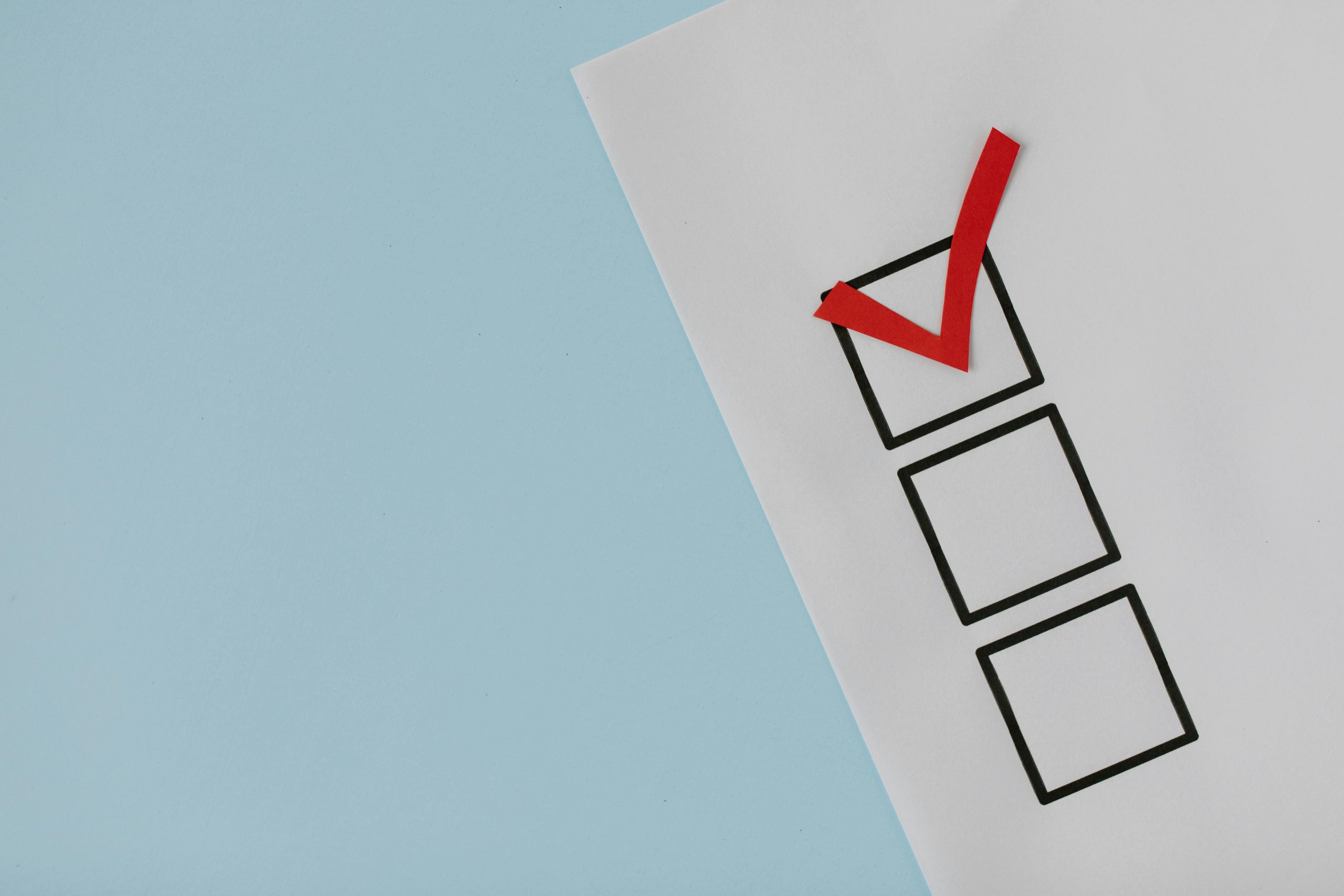Assistance Needed: Estimating Death Benefit for Late 90s Transamerica VUL Policy
Hello everyone,
I’m seeking assistance in estimating the potential death benefit for my late sister’s Variable Universal Life (VUL) insurance policy from Transamerica. Here are the details I have:
- My sister, Debra (born in 1971), passed away in December 2024.
- She had a 25-year career in the biopharma industry in California (starting with Chiron and later Novartis) before resigning in 2022.
- She obtained her VUL policy in the late 90s prior to getting married in 1999 while working as a lab technician.
- At the time of purchase, she was in her late 20s, healthy, and had no significant financial burdens.
- Debra had a moderate risk tolerance when it came to investments.
- The face amount of the policy is $100,000.
- Total premiums paid into the policy amount to $43,000.
- Transamerica confirmed it is a VUL but couldn’t provide further details; they directed me to CyberLife. However, CyberLife mentioned they cannot discuss payout specifics until the claims process is complete.
- We submitted the claim forms on February 13th, and when I followed up last week, I was advised to call back in mid-March. Is this typical for claim processing time?
- Unfortunately, we do not have the original policy certificate.
- The original beneficiaries are:
- Mom (90, residing in the Philippines and wheelchair-bound)
- Dad (deceased since 2012)
- Brother Ciello (59, living in Vallejo, CA)
- Myself (the youngest, living in the Philippines and a full-time caregiver for Mom)
- My other sister, Rose, who is managing the paperwork, initially suggested the payout might only be $50,000, but I’m uncertain about that.
- I’ve seen discussions where Reddit users mentioned that a VUL policy from the late 90s could appreciate significantly, potentially reaching $200,000 to $800,000, assuming no loans or withdrawals.
My Questions:
- Does Transamerica’s referral to CyberLife indicate a higher potential value for the policy?
- Would a VUL from the late 90s typically start at $50,000, or was it likely to be higher?
- For those knowledgeable about Transamerica or VULs, what might be a reasonable estimate of the policy’s growth if it was managed well?
- Since my dad was a beneficiary and passed away in 2012, how would his share be redistributed?
- Are there any complications related to claims processing from the Philippines?
- Is it common for claims to take this long to process? (We submitted the forms on February 13th and have been told to check back in mid-March.)
As I’m currently overseas handling this from the Philippines, any insights would be greatly appreciated! Thank you in advance for your help!




I’m sorry to hear about your sister’s passing. Navigating the details of life insurance can be quite complex, especially from a distance. Here are some insights to your questions:
Transamerica and CyberLife: CyberLife is often a third-party administrator that manages some policies for Transamerica. The fact that it’s assigned to them doesn’t necessarily imply a higher policy value, but it indicates you will need to work with them for claims processing and account details.
Initial Face Amount: VUL policies from the late 90s often had a base face amount starting at $100,000 or more, particularly for individuals in good health. If your sister’s policy started with a $100K face amount, this would be typical.
Policy Growth Estimate: If properly managed and without loans or withdrawals, it’s possible for a VUL policy from that era to have performed quite well. Some users do report values significantly higher than the original face amount depending on investment allocations, market performance, and how the policy was managed. For a moderate risk appetite, estimates could range widely, but figures between $200K-$800K are possible.
Redistribution of Beneficiary Shares: Since your dad passed away, his share would typically be redistributed back to the remaining beneficiaries. So, the amount he would have received would be divided amongst you, your mother, Ciello, and Rose according to the terms of the policy or state law if there were no specific designations.
Claims from the Philippines: Being overseas shouldn’t inherently complicate the claims process, but it might cause delays due to paperwork being sent internationally. Ensure that all necessary documents are either digital or received directly by the claims processor.
Claims Processing Time: A length of time for claims processing can vary widely based on the insurer’s procedures, the completeness of the documentation submitted, and any complexities surrounding the claim. While many claims are processed within a few weeks, it’s not uncommon for it to take longer, especially under certain circumstances, like missing original documents or needing more verification. It’s reasonable to follow up as they suggested in mid-March.
You may want to consult with an insurance professional familiar with VUL policies if you have further concerns or complexity regarding the payout process. Good luck, and I hope you receive clarity soon!